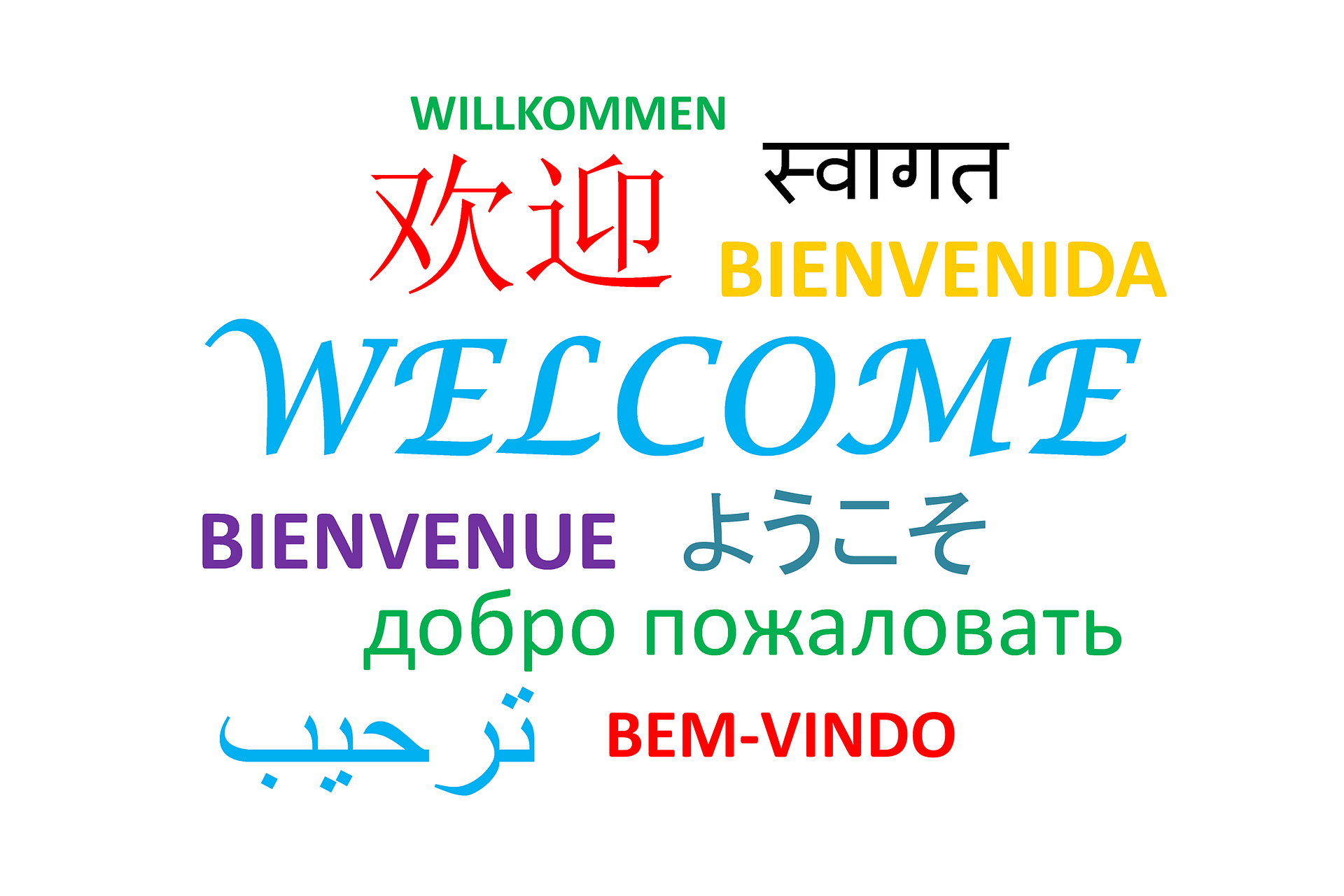ESOL Students: 6 Tips For Empowering Their Educations
Holding ESOL students to high standards while providing them with a culturally responsive education is crucial.

The secret to teaching ESOL students (English Speakers of Other Languages) is providing differentiated instruction, honoring the knowledge and backgrounds of those students, and using the right technology, says Rhaiza Sarkan, ESOL resource Teacher at Henderson Hammock Charter School, a K-8 school in Tampa, Florida.
At her school, there are students from multiple cultures who speak a variety of languages. Regardless of their backgrounds, there are ways for educators to make sure each student succeeds, Sarkan says.
1. Differentiate Instruction
Educators need to be aware that ESOL students may have different learning needs or struggle due to communication issues. “I think the best advice that I can give for a teacher is to differentiate instruction,” Sarkan says. “You don't have to change your instruction, you just have to meet the needs of those students. It can be something little, maybe chunking out an assignment. Simple tweaks can do a lot for an ESOL student.”
2. View Working With ESOL Students Positively
Some educators are so worried about the challenges of working with ESOL students it can be counterproductive or distracting. “They're like, ‘Oh my God, I have an ESOL student?’” Sarkan says.
Her advice is to reframe this and realize working with these students is a unique opportunity. “There are tons of strategies out there to help those students,” she says. “It's not that you need to translate to another language. You need to immerse the student in the English language. Just give them the tools to make that process run smoothly.”
3. Use The Right Tech
Many tech tools are available to help ESOL students, so it’s important to find what works best for you. For example, Sarkan’s school uses Lexia English by Lexia Learning, an adaptive learning tool for teaching English proficiency. By using it, students can practice their reading and writing skills at home or at school.
Another tool Sarkan’s school uses is i-Ready. Although not specifically designed for ESOL students, it adapts to each student’s reading levels and provides opportunities to practice proficiency.
Tech & Learning Newsletter
Tools and ideas to transform education. Sign up below.
4. Learn Your Students’ Stories
To teach ESOL students in a culturally responsive manner, Sarkan says students should take the time to really get to know their students. “I like to make sure that I know where my students came from, and I like to hear their stories,” she says. “I also make sure we support where they came from.”
Recently, she bumped into a former student, now in college, who asked if she remembered him. Although it had been many years since she had the student in class, she did remember him because she had learned all about his family and their immigration from Cuba.
5. Don’t Underestimate ESOL Students
Sarkan says the biggest mistake some educators make is to think that just because they currently struggle with language, ESOL students may be incapable of succeeding in other subjects. For example, they may think, “Oh, he's not going to be able to do that, so I'm just not going to expose them to that type of work or that type of assignment or that type of topic,” she says. “You need to expose them, they need to feel the urge of, ‘I need to learn the language. ‘I want to know this.’”
6. Don’t Let ESOL Students Underestimate Themselves
ESOL students also have a tendency to underrate themselves, so educators need to work to prevent this. Sarkan assesses English proficiency at her school and will have some ESOL students attend small-group sessions with other learners at their level so they have a safe space to practice new language skills.
Regardless of the strategies that she implements, Sarkan constantly reminds ESOL students of their strengths. “I always tell them, ‘You guys are ahead of the game because you have your home language, and you're also learning a new language,’” she says. “‘You aren’t late, you are ahead of everybody because y'all are getting two languages instead of one.’”
Erik Ofgang is a Tech & Learning contributor. A journalist, author and educator, his work has appeared in The New York Times, the Washington Post, the Smithsonian, The Atlantic, and Associated Press. He currently teaches at Western Connecticut State University’s MFA program. While a staff writer at Connecticut Magazine he won a Society of Professional Journalism Award for his education reporting. He is interested in how humans learn and how technology can make that more effective.

